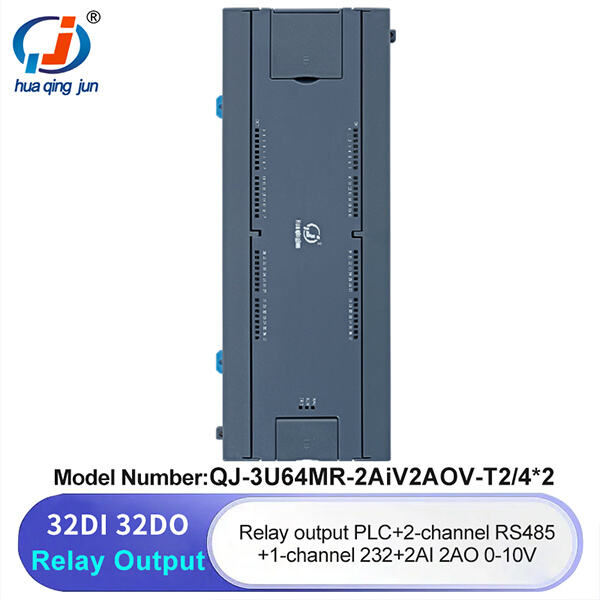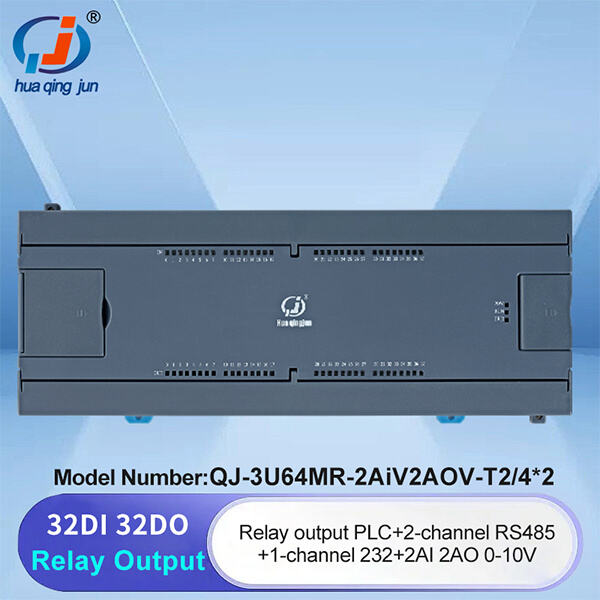The most fundamental of which is a Programmable Logic Controller (PLC) for automation in the world of machinery. This is the machine brain that makes it seamless and effective for machines to operate. PLCs are also capable of dealing with analog signals, which a major functionality. What is the analog signal, and how it works in PLCs? Let's find out together!
Analog signal is one which already existed, so we could say that it is a continuous time-varying signal other than noise). It represents physically measureable quantities like temperature, pressure or flow rate. By comparison, a digital signal is an on-off (1 or 0) state that is in some ways analogous to flipping a light switch. Machines that need exact in control (monitoring) must utilize an analog sign. Enter analogue input and output about PLC based systems...
PLC can accept signals obtained from sensors that measure the physical values of analog by using Analog input devices. These sensors transform the physical quantity into an electrical signal that can be processed by the PLC. A temperature sensor might send an analog signal to the PLC permitting it to monitor and control a machine's temperature; this is an input.
Contrasting analog output devices in PLCs transmit a scope of reciprocating voltages and currents from 0 to 10 volts + (CAN, LAN etc.) to guide actuators i.e. engines, valves, or warmers. The PLC is able to control a servo-position or an inverter-frequency driver (like those used for controlling the speed of a motor, or position of a pneumatic or hydraulic valve) by varying the voltage/current output signal. This level of control is necessary to maintain the smooth operation of multitudinous complex machinery.

Incorporating the use of Analog input and output devices in a PLC system delivers great accuracy for manufacturers automation applications allowing more precision and flexibility in manufacturing. For instance, in a production plant, PLCs with simple analog parts cluster can ensure items are made uniformly and efficiently.

Analog signals are also advantageous in that they provide greater resolution when it comes to responding to the physical world compared with digital inputs. A classic instance here could be the role of a PLC with analog input to vary the speed of a conveyor • working on basis weight of items that are being transported. This is what industrial processes that continue to be used today need: they are of an order of intelligence and adaptability, seemingly fantastical several decades ago.

A PLC with analog input, for instance, will help to control the flow rate of water and regulate how much chemicals are injected into it in order to maintain ideal water quality in a water treatment plant. This fine control not only enhances the purity of the treated water but also reduces expenditure by ensuring a smallest chemical use.